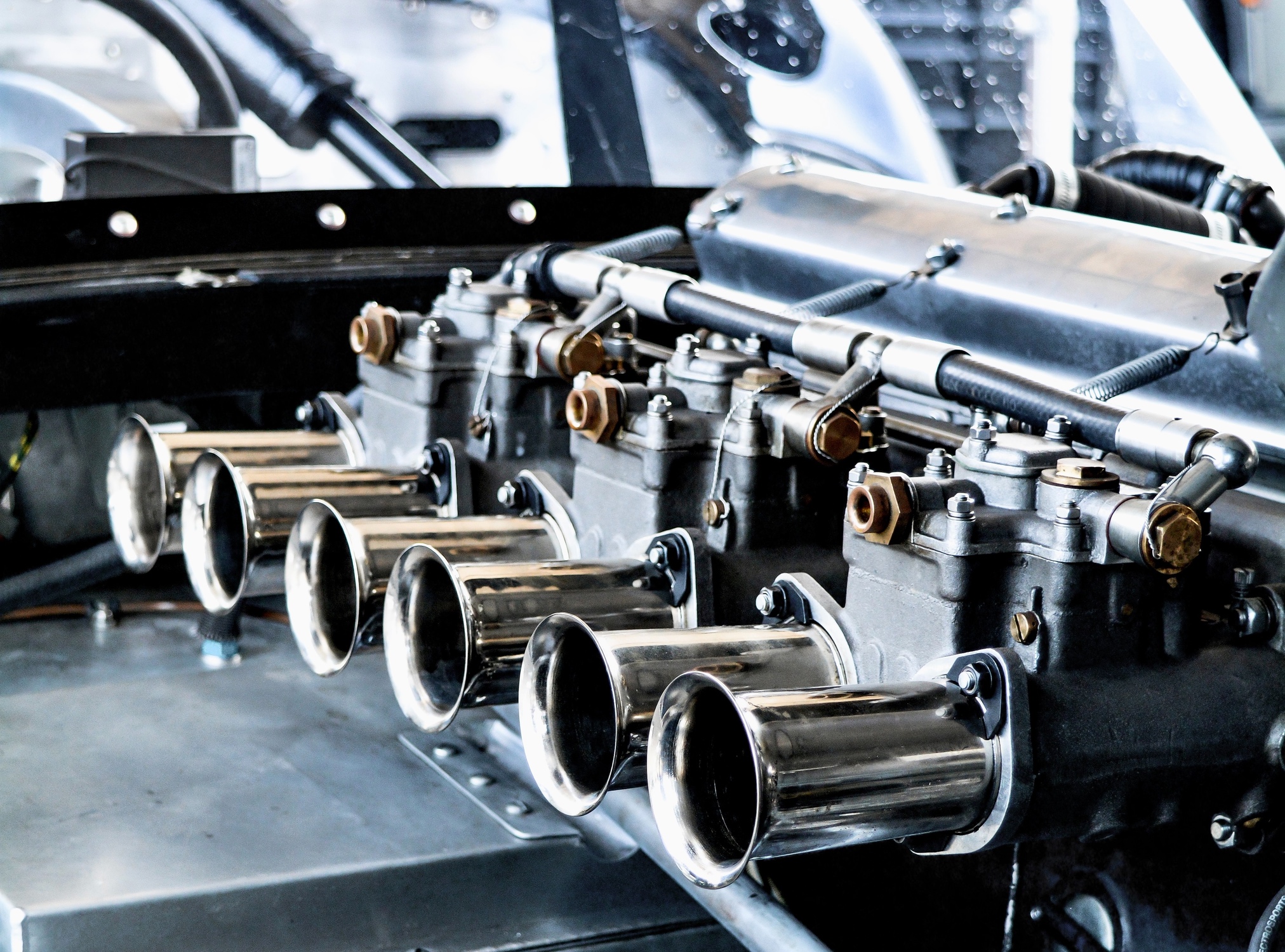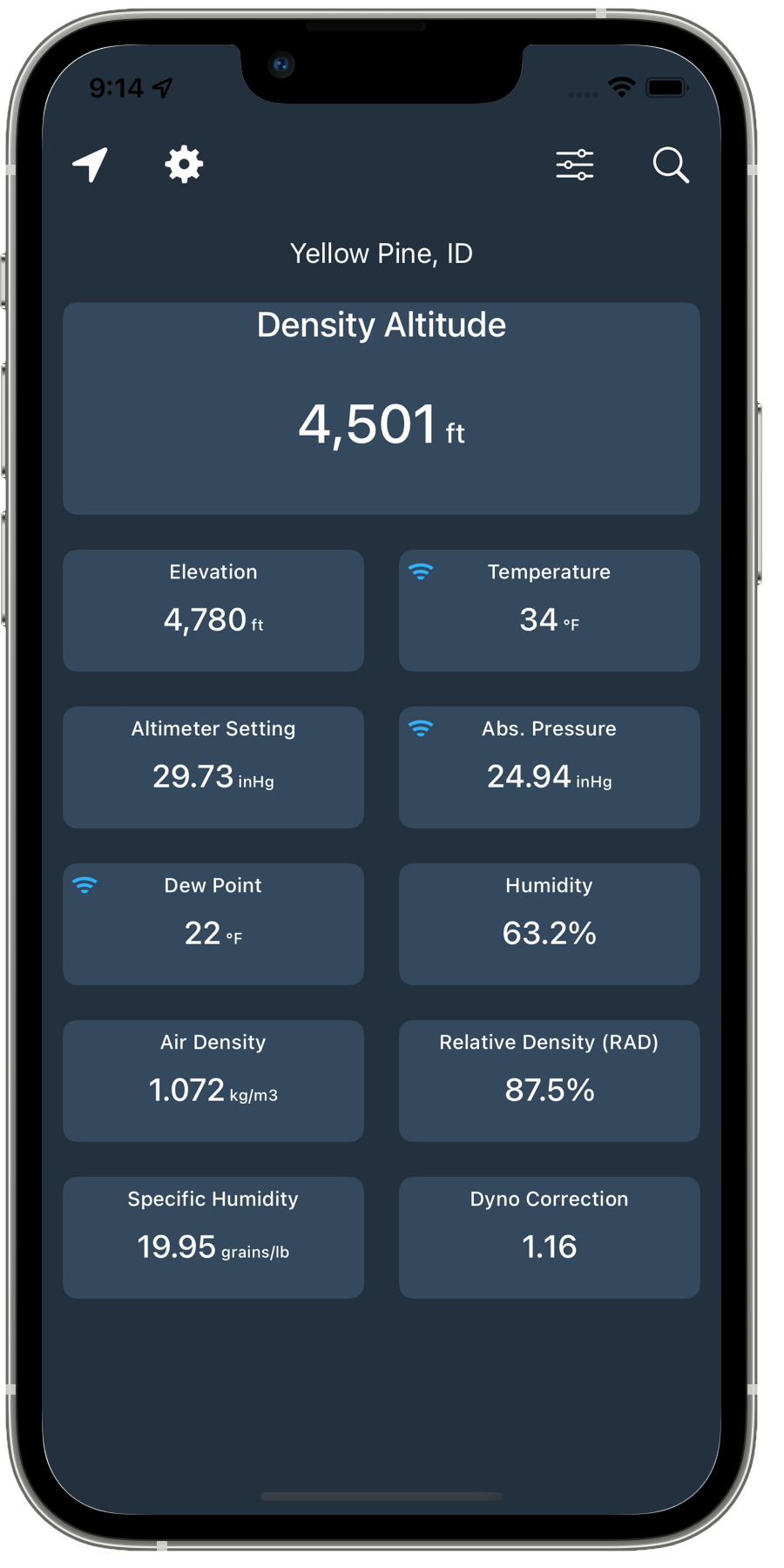The Effects of Density Altitude in Racing
Density Altitude is a way to describe the ambient air density (the amount of air molecules per volume of air) and relate it to the altitude where that density would be found in a “normal” atmosphere. This sounds pretty technical, but think of it as a way to standardize how we measure air density, specifically for performance calculations.
In racing, the density altitude affects the power output by the engine, its cooling, and also the aerodynamic drag on the car. At a high density altitude, a normally aspirated engine will also run too rich if the mixture isn’t leaned properly. By leaning the mixture the engine will run better, but still won’t produce as much power since less air, and therefore less fuel is taken into the engine at any given throttle position.

A turbocharger will help allow the engine to produce more power at high density altitudes by compressing the air going into the intake, therefore allowing more fuel to be burned, producing more power. At extreme density altitudes though, turbochargers still won’t make up the difference. An example is the Formula 1 track at Mexico City, where even the most advanced F1 racing engines with their multiple turbos still can lose about 20% of their power. Another factor affecting power output at high density altitudes is reduced cooling, since fewer air molecules are passing through the radiators, carrying heat away from the engine.
Aerodynamic drag on the other hand is reduced at higher density altitudes. This allows for extremely high straight-line speeds at the Mexico City race track even though engine power output is reduced.
For the same reason that aerodynamic drag is reduced, aerodynamic lift or downforce is also reduced at high density altitudes. In our Formula 1 example, this means that to generate the same amount of downforce at higher density altitudes, the front and rear wings have to be adjusted to make up for the density altitude’s effects.

As you might imagine, all these effects taken together have great impact on aircraft as well, causing many avoidable accidents every year. For more discussion on how density altitude affects airplanes, read this blog post.
Back to racing. How do racing teams work out what the current density altitude is and how to adjust the engine and chassis of the car to counteract its effects? They use sophisticated weather instruments and specialized metorological services to get the best data possible. These devices can run into the thousands of dollars.
Our App Density Altitude+
Quite a few racing teams and drivers have started using our app Density Altitude+ and have reported back that the data it produces compares favorably to much more expensive weather stations.
 Density Altitude+ uses your iPhone or iPad’s built-in barometer and GPS along with hyper-local weather data and sophisticated physics calculations to bring you an accurate reading of the density altitude right at this moment, where you stand. This is invaluable to racing teams.
Density Altitude+ uses your iPhone or iPad’s built-in barometer and GPS along with hyper-local weather data and sophisticated physics calculations to bring you an accurate reading of the density altitude right at this moment, where you stand. This is invaluable to racing teams.
In addition, it can find the current density altitude at any location on earth, using a world-wide topographical database along with hyper-local weather. All at a tiny fraction of the cost of a portable weather station.
Find out more about Density Altitude+.
